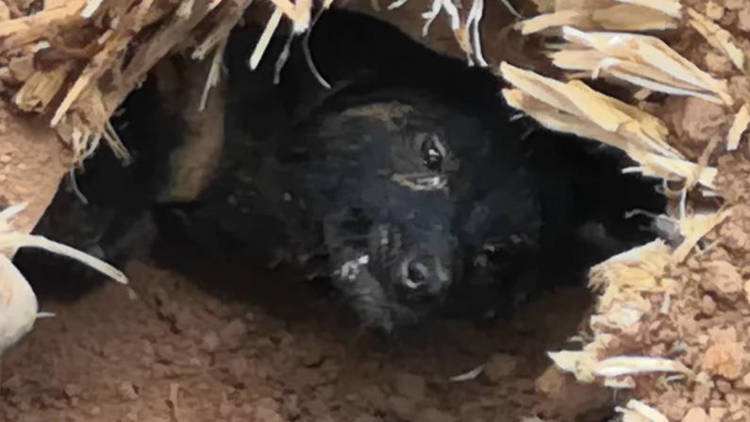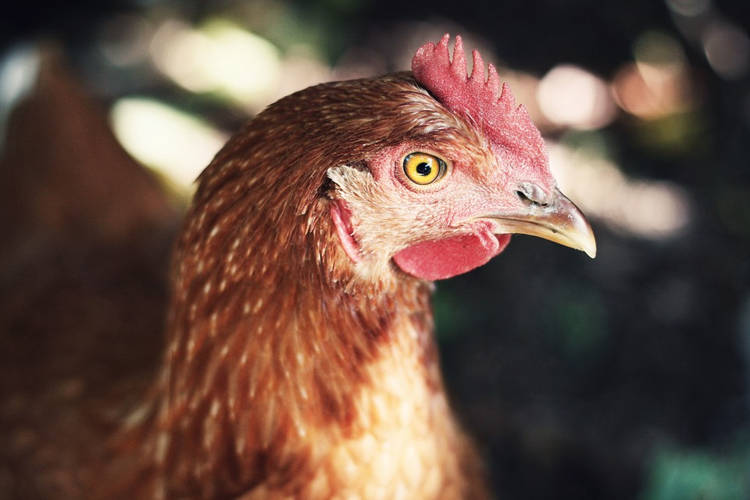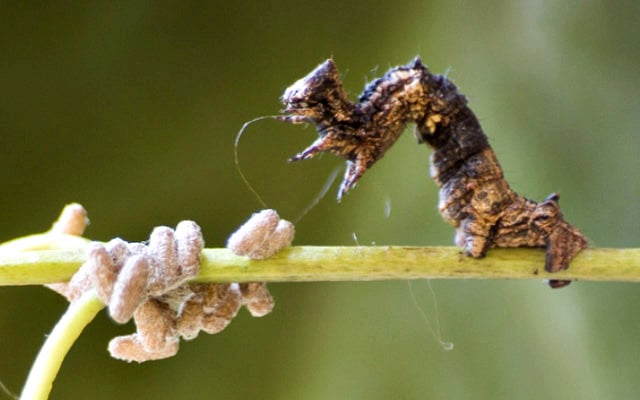The caterpillar of the bagworm moth is known as somewhat of a gifted architect, building impressive and durable cocoons out of twigs, leaves, seeds and other organic materials.
As larvae, bagworm moths look for a place to settle down and feed, such as a leaf or the branch of a tree. Once they’ve found a suitable location, they go out looking for building material to reinforce their cocoons with. Materials like twigs, dead leaves, seeds and even dirt are most often used, and depending on the species of bagworm moths, the cocoon can end up looking like a pile of leaves or a carefully planned miniature log cabin.





















